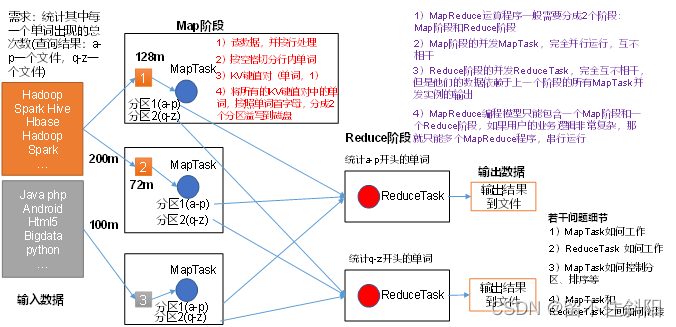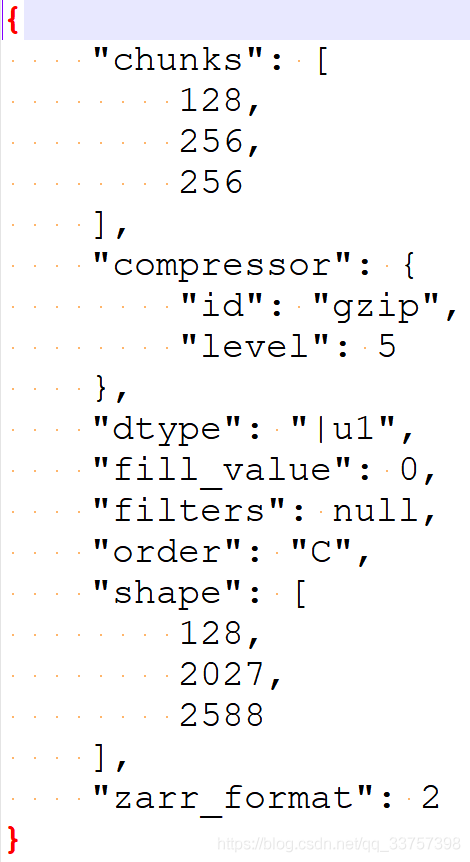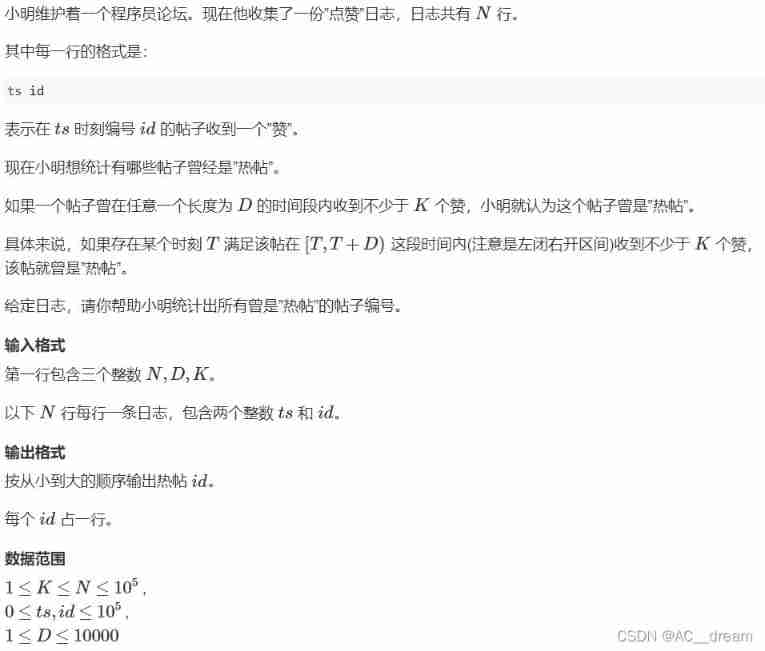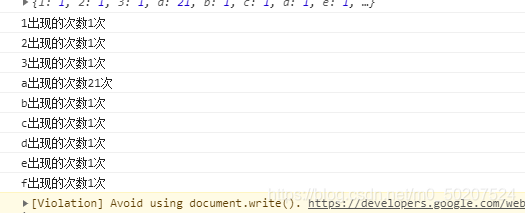当前位置:网站首页>Codeforces Global Round 19
Codeforces Global Round 19
2022-07-06 09:29:00 【狗蛋儿l】
A. Sorting Parts
You have an array a of length n. You can exactly once select an integer len between 1 and n−1 inclusively, and then sort in non-decreasing order the prefix of the array of length len and the suffix of the array of length n−len
For example, if the array is a=[3,1,4,5,2], and you choose len=2, then after that the array will be equal to [1,3,2,4,5].
Could it be that after performing this operation, the array will not be sorted in non-decreasing order?
Input
There are several test cases in the input data. The first line contains a single integer t (1≤t≤100) — the number of test cases. This is followed by the test cases description.
The first line of each test case contains one integer n
(2≤n≤104) — the length of the array.
The second line of the test case contains a sequence of integers a1,a2,…,an (1≤ai≤109) — the array elements.
It is guaranteed that the sum of nover all test cases does not exceed 104.
Output
For each test case of input data, output “YES” (without quotes), if the array may be not sorted in non-decreasing order, output “NO” (without quotes) otherwise. You can output each letter in any case (uppercase or lowercase).
Example
Input
3
3
2 2 1
4
3 1 2 1
5
1 2 2 4 4
Output
YES
YES
NO
Note
In the first test case, it’s possible to select len=1, then after operation, the array will not be sorted in non-decreasing order and will be equal to [2,1,2].
In the second test case, it’s possible to select len=3, then after operation, the array will not be sorted in non-decreasing order and will be equal to [1,2,3,1].
In the third test case, the array will be sorted in non-decreasing order for every possible len.
思路:
大概就是判断这个数组是不是有序,有序就YES,无序就NO
#include <bits/stdc++.h>
using namespace std;
int main() {
int t;
cin >> t;
for (int i = 0; i < t; i++) {
int n;
cin >> n;
vector<int> a(n);
for (auto& u : a)
cin >> u;
if (!is_sorted(a.begin(), a.end()))
cout << "YES\n";
else
cout << "NO\n";
}
}
B. MEX and Array
Let there be an array b1,b2,…,bk. Let there be a partition of this array into segments [l1;r1],[l2;r2],…,[lc;rc], where l1=1, rc=k, and for any 2≤i≤c holds that ri−1+1=li. In other words, each element of the array belongs to exactly one segment.
Let’s define the cost of a partition as c+∑i=1cmex({bli,bli+1,…,bri}),where mex of a set of numbers S is the smallest non-negative integer that does not occur in the set S. In other words, the cost of a partition is the number of segments plus the sum of MEX over all segments. Let’s define the value of an array b1,b2,…,bk as the maximum possible cost over all partitions of this array.You are given an array a of size n. Find the sum of values of all its subsegments.An array x is a subsegment of an array y if x can be obtained from y by deletion of several (possibly, zero or all) elements from the beginning and several (possibly, zero or all) elements from the end.
Input
The input contains several test cases. The first line contains one integer t
(1≤t≤30) — the number of test cases.
The first line for each test case contains one integer n
(1≤n≤100) — the length of the array.
The second line contains a sequence of integers a1,a2,…,an
(0≤ai≤109) — the array elements.
It is guaranteed that the sum of the values n
over all test cases does not exceed 100.
Output
For each test case print a single integer — the answer to the problem.
Example
Input
4
2
1 2
3
2 0 1
4
2 0 5 1
5
0 1 1 0 1
Output
4
14
26
48
#include <bits/stdc++.h>
using namespace std;
int main() {
int t;
cin >> t;
for (int i = 0; i < t; i++) {
int n;
cin >> n;
vector<int> a(n);
for (auto& u : a)
cin >> u;
int ans = 0;
for (int i = 0; i < n; i++) {
ans += (i + 1) * (n - i);
if (a[i] == 0)
ans += (i + 1) * (n - i);
}
cout << ans << '\n';
}
}
C. Andrew and Stones
Andrew has n piles with stones. The i-th pile contains ai stones. He wants to make his table clean so he decided to put every stone either to the 1-st or the n-th pile.
Andrew can perform the following operation any number of times: choose 3 indices 1≤i<j<k≤n, such that the j-th pile contains at least 2 stones, then he takes 2 stones from the pile j and puts one stone into pile i and one stone into pile k.
Tell Andrew what is the minimum number of operations needed to move all the stones to piles 1and n, or determine if it’s impossible.
Input
The input contains several test cases. The first line contains one integer t
(1≤t≤10000) — the number of test cases.
The first line for each test case contains one integer n
(3≤n≤105) — the length of the array.
The second line contains a sequence of integers a1,a2,…,an
(1≤ai≤109) — the array elements.
It is guaranteed that the sum of the values n
over all test cases does not exceed 105.
Output
For each test case print the minimum number of operations needed to move stones to piles 1 and n, or print −1 if it’s impossible.
Input
4
5
1 2 2 3 6
3
1 3 1
3
1 2 1
4
3 1 1 2
Output
4
-1
1
-1
#include <bits/stdc++.h>
using namespace std;
void solve() {
int n;
cin >> n;
vector<int> a(n);
for (auto &x : a)
cin >> x;
if (*max_element(a.begin() + 1, a.end() - 1) == 1 || (n == 3 && a[1] % 2 == 1)) {
cout << "-1\n";
return;
}
long long answer = 0;
for (int i = 1; i < n - 1; i++)
answer += (a[i] + 1) / 2;
cout << answer << '\n';
}
int main() {
ios::sync_with_stdio(false), cin.tie(nullptr);
int tests;
cin >> tests;
while (tests--)
solve();
}
边栏推荐
- Base dice (dynamic programming + matrix fast power)
- 860. Lemonade change
- Research Report on market supply and demand and strategy of China's four seasons tent industry
- Market trend report, technical innovation and market forecast of double-sided foam tape in China
- Oneforall installation and use
- 第6章 Rebalance详解
- Radar equipment (greedy)
- QT implementation window gradually disappears qpropertyanimation+ progress bar
- Codeforces round 797 (Div. 3) no f
- (POJ - 3258) River hopper (two points)
猜你喜欢

第一章 MapReduce概述

解决Intel12代酷睿CPU单线程只给小核运行的问题

Read and save zarr files

QT implementation window gradually disappears qpropertyanimation+ progress bar

Log statistics (double pointer)

软通乐学-js求字符串中字符串当中那个字符出现的次数多 -冯浩的博客

860. Lemonade change

Install Jupiter notebook under Anaconda

浏览器打印边距,默认/无边距,占满1页A4

pytorch提取骨架(可微)
随机推荐
Research Report of desktop clinical chemical analyzer industry - market status analysis and development prospect prediction
Market trend report, technological innovation and market forecast of double door and multi door refrigerators in China
Problem - 922D、Robot Vacuum Cleaner - Codeforces
(lightoj - 1323) billiard balls (thinking)
(POJ - 2739) sum of constructive prime numbers (ruler or two points)
(POJ - 1458) common subsequence (longest common subsequence)
Generate random password / verification code
Advancedinstaller installation package custom action open file
本地可视化工具连接阿里云centOS服务器的redis
MariaDB的安装与配置
软通乐学-js求字符串中字符串当中那个字符出现的次数多 -冯浩的博客
力扣——第298场周赛
第5章 消费者组详解
Effet d'utilisation, déclenché lorsque les composants de la fonction sont montés et déchargés
AcWing:第56场周赛
Classic application of stack -- bracket matching problem
Date plus 1 day
China double brightening film (dbef) market trend report, technical dynamic innovation and market forecast
js时间函数大全 详细的讲解 -----阿浩博客
Kubernetes cluster deployment